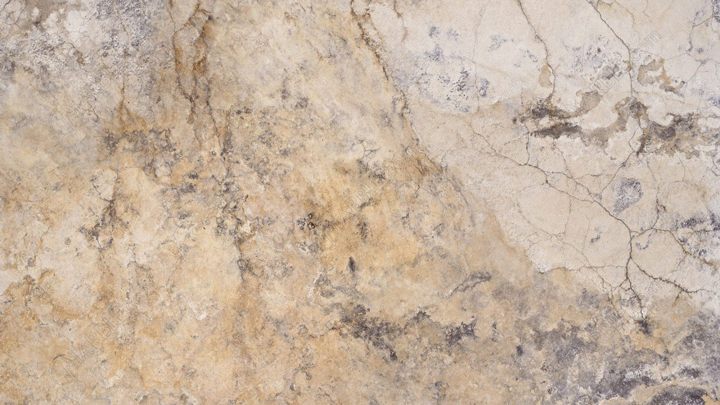
Table of Contents
Travertine is one of the most versatile home building materials you will find. From travertine tile flooring to travertine countertops and backsplashes, this natural stone is one of the most beautiful materials you can have in your home. This guide will focus on helping you find the best types of travertine slabs for your new countertops or backsplashes.
[get_quote]
What is Travertine?
Travertine is a natural stone that is a type of limestone, although there are very distinct differences between the two materials. This sedimentary rock forms in limestone caves and near hot springs. From this rock, travertine stone is cut and shaped into slabs. Although color variations exist, travertine surfaces can be found in a range of lighter colors, such as light grays and golds. Some types of the material can also have veining.
What Are the Best Types of Travertine?
As mentioned, travertine can be found in different colors and styles. The best types of travertine are listed and explained below.
Silver Travertine
Silver travertine is a gorgeous gray, brown and black stone that comes from Turkey. No matter where you install it, the stone will look terrific. In particular, travertine is best suited for low traffic areas, making this the perfect stone for bathroom vanity tops and tub surrounds.
Travertine Giallo
This lovely golden-brown natural stone features layered textures and veining. You cannot go wrong adding some light to your space by installing it.
Silyon Travertine
Whether it is a new countertop, shower surround or other surface, Silyon travertine is sure to leave you satisfied. The stone is brown to beige in color.
Yellow Travertine
Yellow travertine is a stunning golden colored natural stone from Iran that has speckles and veins throughout. It is a great material for any home.
Crema Viejo Travertine
This magnificent travertine offers a soft brown background with light and dark brown veins. This stone can significantly improve the appearance of any area you install it in.
What Are the Pros and Cons of Travertine?
Like any building material, travertine has its positive and negative qualities. The stone is among the most beautiful materials you can have in your home. It is also very versatile, as it can work well for many different surfaces. On the downside, it is very porous and susceptible to damage from spills – particularly of acidic substances like orange juice, coffee, tea, wine and others. Because of its porosity, it is recommended that you re-seal travertine multiple times per year to protect it. If you do not re-apply a sealer often enough, liquids can penetrate the surface of the stone, leading to damage and discoloration.
| Pros | Cons |
|---|---|
| Beautiful | Can be damaged by acidic spills |
| Versatile | Needs to be re-sealed multiple times per year |
How Much Does Travertine Cost?
Travertine generally falls in a middle range in terms of stone countertop cost. The surfaces cost between $45 to $75 per square foot on average.
[get_quote]
What Else is Travertine Used For?
Besides countertops, backsplashes and various bathroom surfaces, travertine is also very common for stone tile applications, especially travertine flooring. The various types of tile can be found in many different finishes, including a polished finish, honed finish, tumbled finish, brushed finish and saw cut finish. Many of the finishes will give the tile a matte appearance (except for a polished finish). Other options with travertine tile include filled or unfilled travertine. Filled travertine has its pores closed, while unfilled leaves the stone in its natural porous state.
From floor tiles to pavers and other applications, there are many uses for travertine. Keep in mind that with tile, you will have to deal with grout lines.
Travertine surfaces will bring incredible beauty to your home, all without being too flashy. If you are looking for a natural stone that gives off a light feel, travertine may be just what you are searching for. This guide can help you find the best types of travertine for your home.










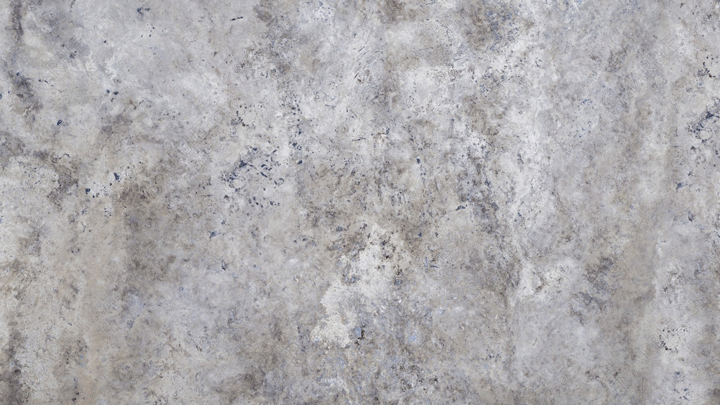
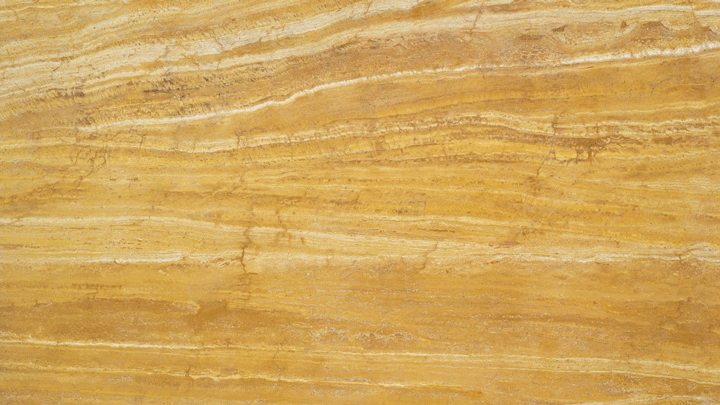

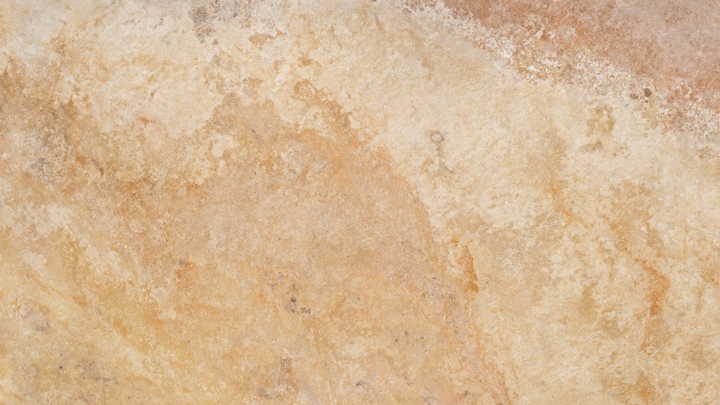
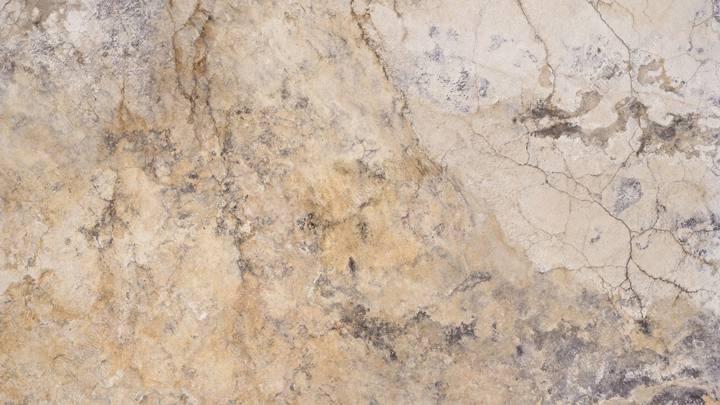



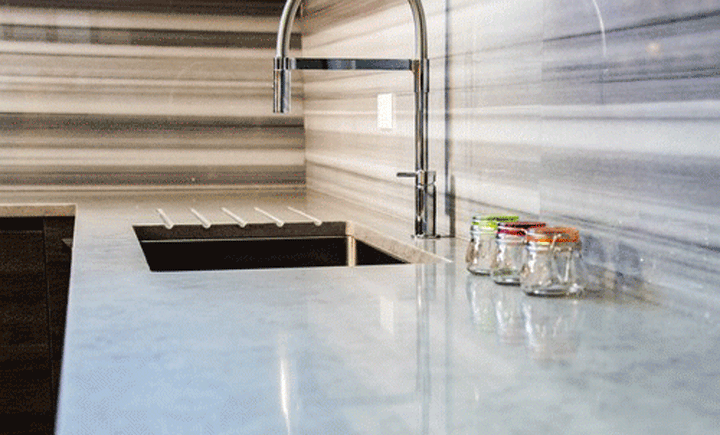
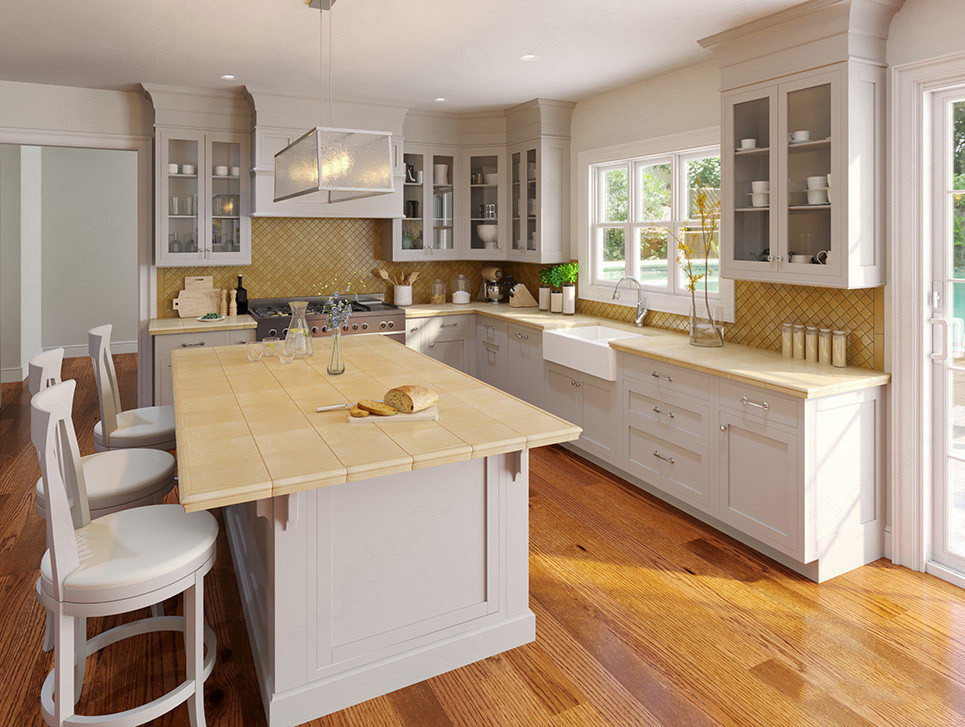
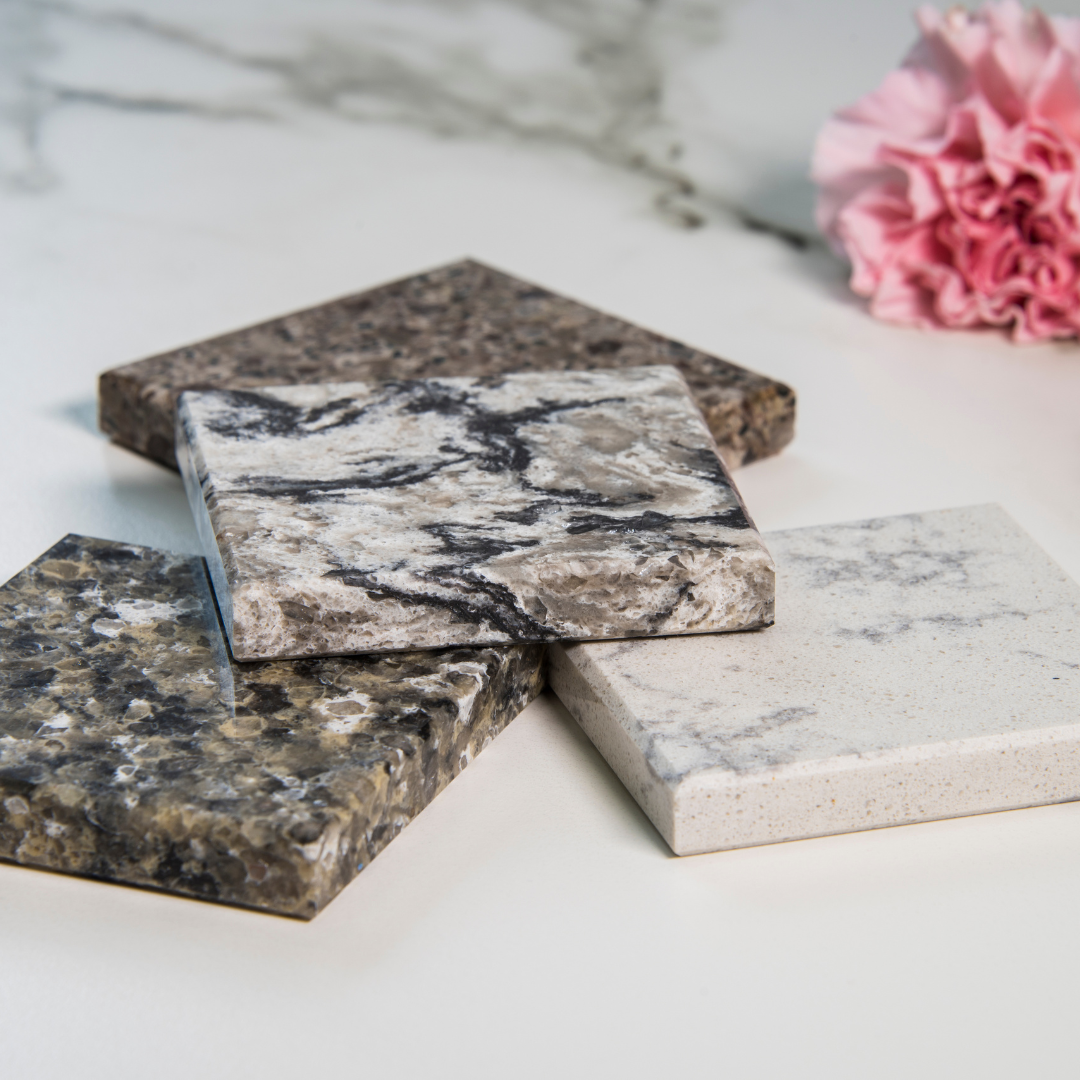
 The article helped me immensely
The article helped me immensely
 I’m now more informed on the subject
I’m now more informed on the subject
 I have questions about Marble.com
I have questions about Marble.com
 The article was not accurate at all
The article was not accurate at all
 There is a serious lack of information
There is a serious lack of information
 I have questions about Marble.com
I have questions about Marble.com